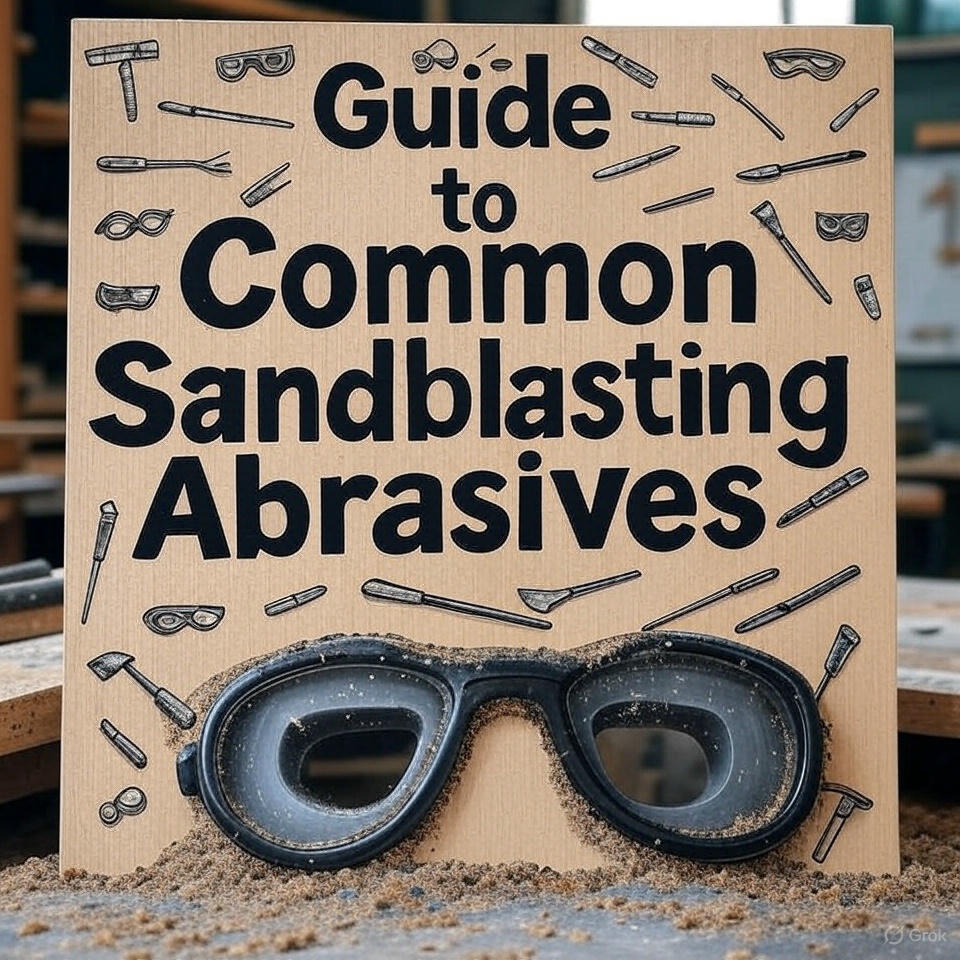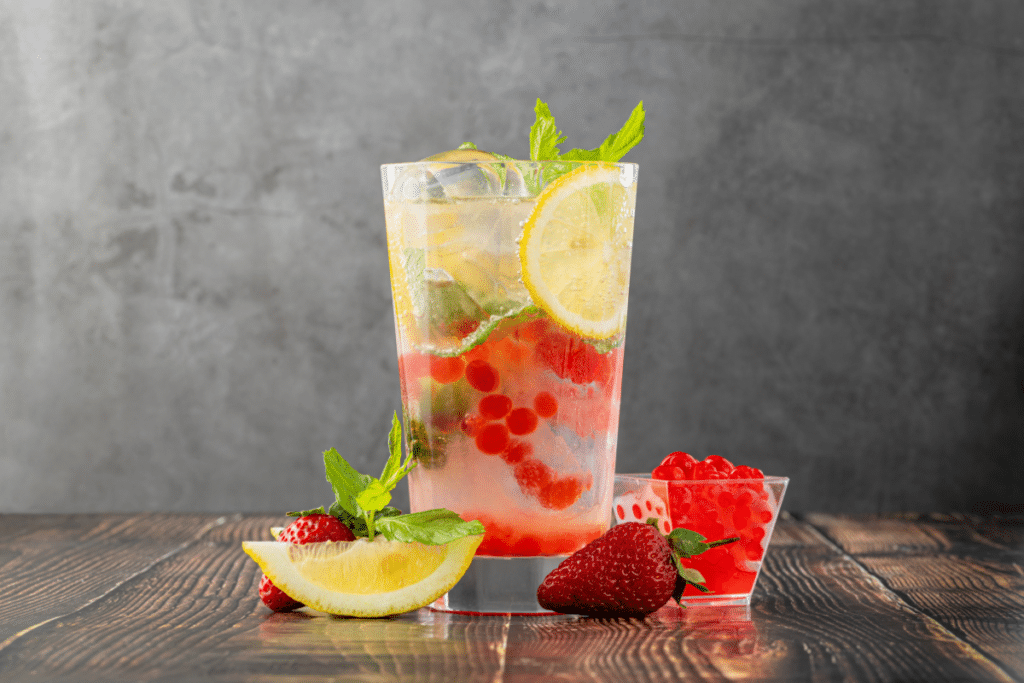Sandblasting is a powerful surface preparation technique used across a range of industries, from construction and automotive repair to marine maintenance and metal fabrication. At the heart of this process lies one crucial element: the abrasive. Whether you’re cleaning, etching, or finishing a surface, the type of abrasive you choose can significantly affect the final outcome. This guide introduces the most common sandblasting abrasives and how they’re typically used.
What Are Sandblasting Abrasives?
Sandblasting abrasives (in Italian this is known as abrasivi per sabbiatura) are materials propelled at high speed onto a surface using compressed air or water. The goal is to remove rust, paint, contaminants, or to texture the surface in preparation for coatings. Different abrasives offer varying levels of hardness, shape, and recyclability, making it important to select the right one for your project.
Common Types of Sandblasting Abrasives
1. Aluminium Oxide
Aluminium oxide is one of the most widely used abrasives due to its hardness and durability. It’s effective for removing rust, scale, and old paint from metal surfaces. As a reusable material, aluminium oxide is popular in industrial applications where precision and cost-efficiency are key. It leaves a rough surface profile, making it ideal for coating preparation.
2. Glass Beads
Glass beads are a gentler option, typically used when a smoother, more polished finish is required. Commonly applied in the automotive and aerospace sectors, glass beads are suitable for cleaning metal parts without damaging their structure. This abrasive is non-toxic and recyclable, which also makes it a more environmentally conscious choice.
3. Garnet
Garnet is a naturally occurring mineral known for its sharpness and high cutting speed. It produces minimal dust and is often used in blasting where environmental or health concerns are a priority. Garnet is particularly favoured in marine applications and for preparing steel surfaces before painting or coating.
4. Silicon Carbide
This is one of the hardest abrasives available and is extremely effective on tough surfaces. Silicon carbide is ideal for etching stone, glass, and ceramics, offering fast cutting action. Due to its cost and aggressive nature, it’s often reserved for specialist applications.
5. Plastic Media
Plastic abrasives are softer and used in applications where minimal damage to the substrate is critical. They are particularly common in aerospace and automotive industries for paint removal on softer metals like aluminium. Plastic media allows for a controlled, low-dust blasting process that preserves the integrity of the material.
Choosing the Right Abrasive
The best abrasive depends on several factors, including the surface material, the desired finish, environmental considerations, and budget. Harder abrasives like aluminium oxide and silicon carbide are suitable for aggressive cleaning and preparation. Softer abrasives such as plastic media or glass beads are preferable when the surface must remain undamaged.
Final Thoughts
Understanding the properties and uses of each abrasive helps ensure a successful and efficient sandblasting job. Whether you’re restoring metalwork, cleaning machinery, or preparing a surface for paint, selecting the right blasting media is essential. As you gain experience, you’ll better appreciate how each material behaves — and how it influences both the process and the result.






